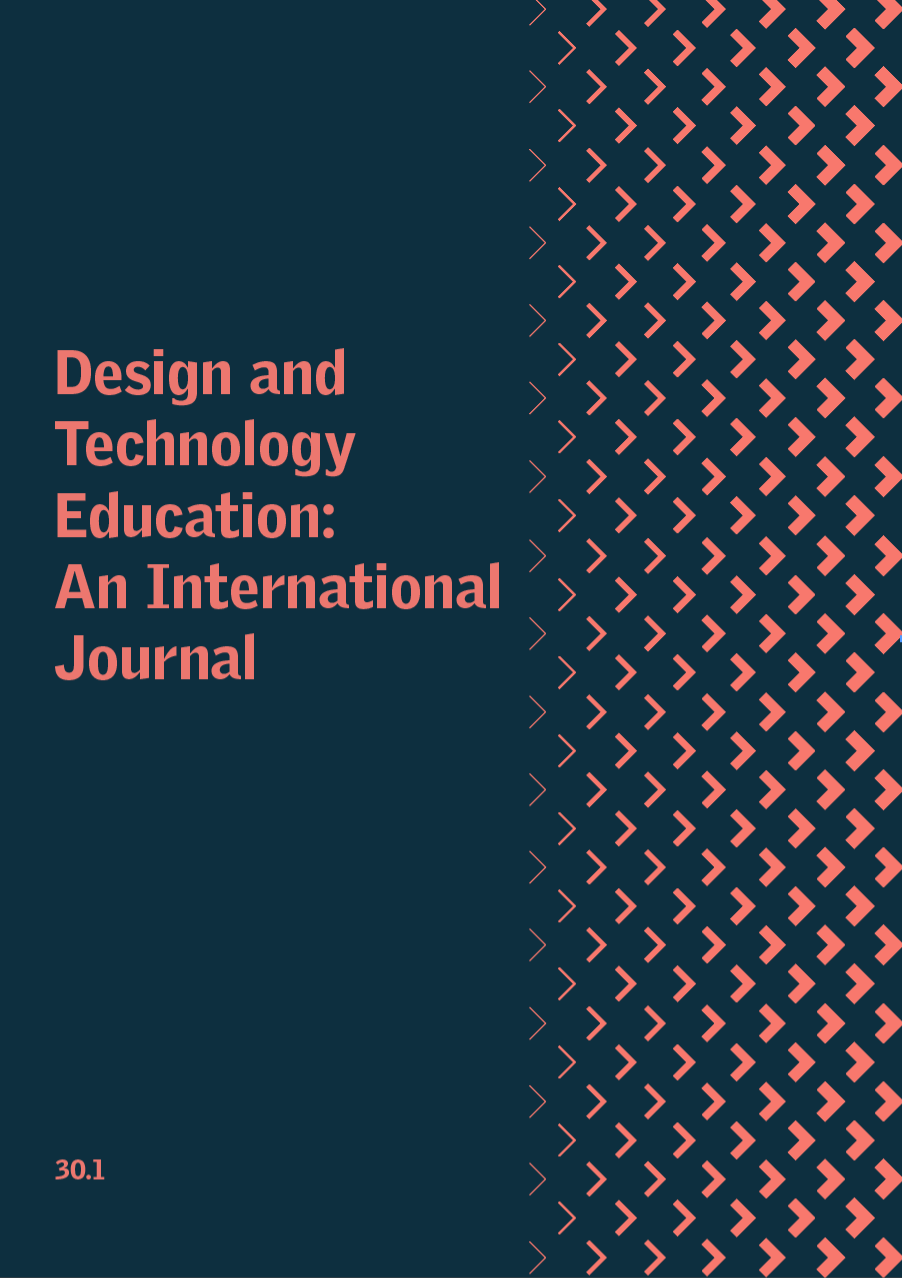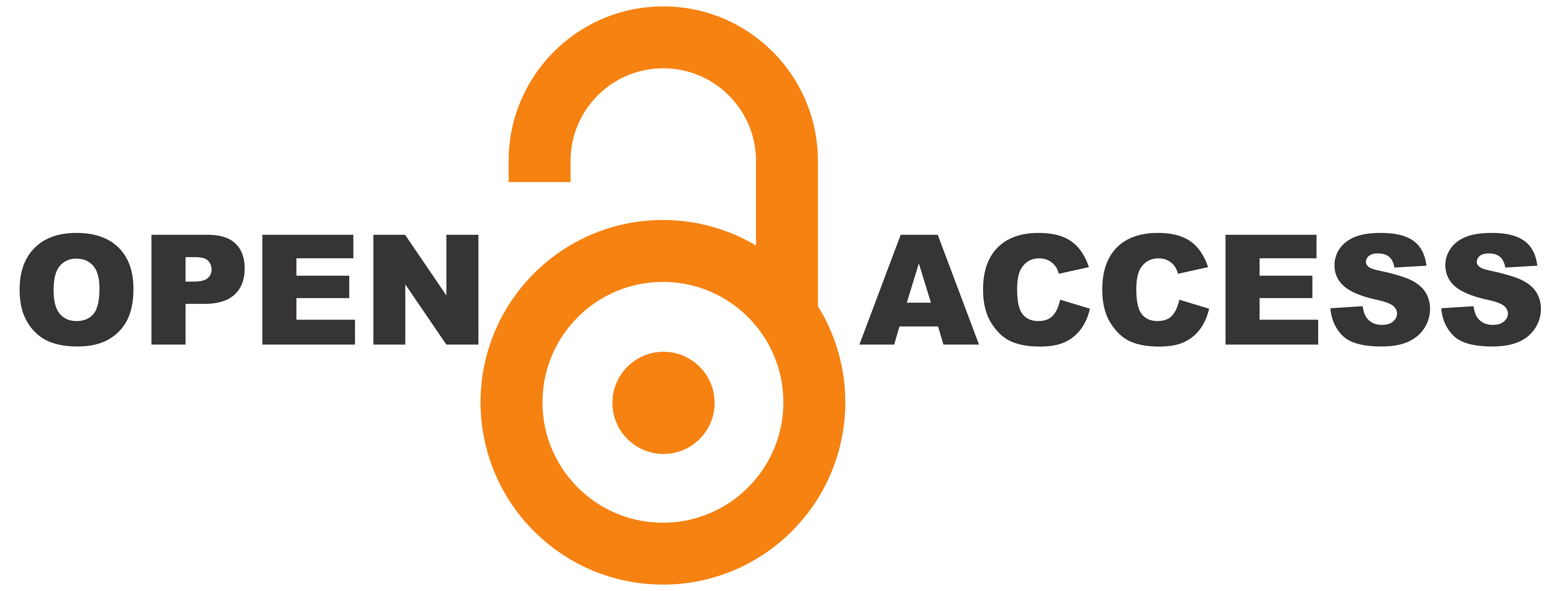Design students’ views on future work at the stage of Industry 5.0 and Society 5.0: Dimensions and levels of resilience
DOI:
https://doi.org/10.24377/DTEIJ.article3046Keywords:
Design students, Resilience, Future work, Industry 5.0, Society 5.0Abstract
This study investigates design students’ perspectives on future work environments shaped by the evolving paradigms of Industry 5.0 and Society 5.0, with a focus on their views of work communities, technological advancements and systemic problem-solving. The concept of resilience is used as an analytical lens. The study explores the relevance of Industry 5.0 and Society 5.0 frameworks in the context of the design profession and examines how design students anticipate and interpret future changes in their professional landscape. The study addresses the following research question: What are the dimensions and levels of resilience according to design students’ views of future work? Data were collected in 2023 from 92 design students at various stages of their studies. Using principal component analysis, three dimensions of resilience were identified: resilience in work community, in technological development and in systemic problem solving. The findings suggest that students are aware of major shifts in their field and express varying degrees of readiness and adaptability across the identified dimensions. These results offer insights into how design education might better support students in navigating the uncertainties of future work.
Downloads
Published
Issue
Section
License

This work is licensed under a Creative Commons Attribution 4.0 International License.
Authors who publish with this journal agree to the following terms:
Authors retain copyright and grant the journal right of first publication with the work simultaneously licensed under a Creative Commons Attribution License that allows others to share the work with an acknowledgement of the work's authorship and initial publication in this journal.
Authors are able to enter into separate, additional contractual arrangements for the non-exclusive distribution of the journal's published version of the work (e.g., post it to an institutional repository or publish it in a book), with an acknowledgement of its initial publication in this journal.



